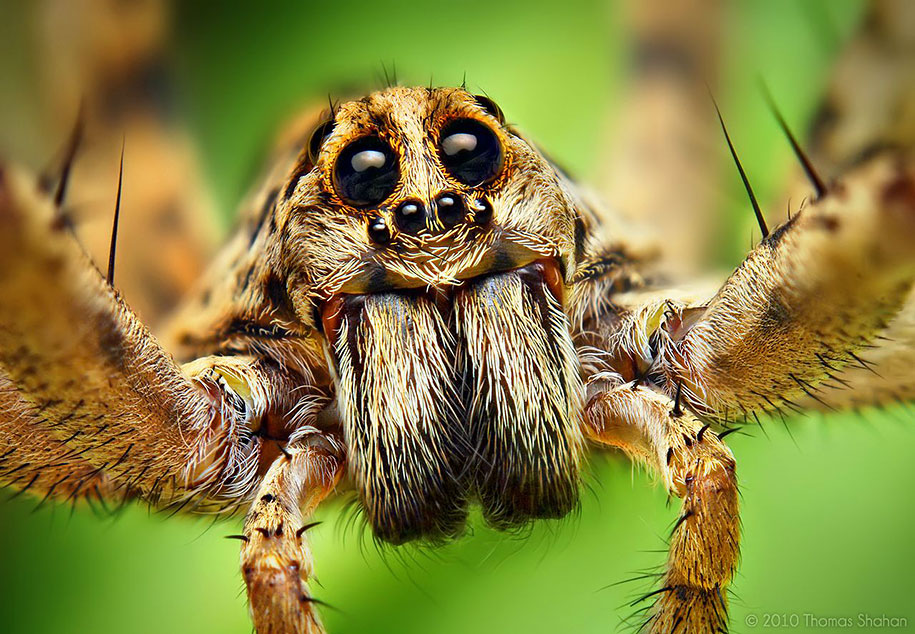

NEVERGIRLS INTO THE WAVES SERIES
On May 10, the San Francisco noise-punk band Flipper closed the series out with a live concert at Studio 54. Among an art installation created by David Wojnarowicz and Joseph Nechvatal, Speed Trials included performances by the Fall, Sonic Youth, Lydia Lunch, Mofungo, Ilona Granet, pre-rap Beastie Boys, 3 Teens Kill 4, Elliott Sharp as Carbon, Swans, the Ordinaires, and Arto Lindsay as Toy Killers. It inspired Speed Trials, the noise rock five-night concert series held May 4–8, 1983, that was organized by Live Skull members in May 1983, also at White Columns (then located at 91 Horatio Street). Sonic Youth made their first live appearances at this show. For example, Noise Fest was an influential festival of no wave noise music performances curated by Thurston Moore of Sonic Youth at the New York City art space White Columns in June 1981. Other no-wave groups such as Swans, Suicide, Glenn Branca, the Lounge Lizards, Bush Tetras and Sonic Youth instead continued exploring the forays into noise music abrasive territory. īy the early 1980s, artists such as Liquid Liquid, the B-52's, Cristina, Arthur Russell, James White and the Blacks and Lizzy Mercier Descloux developed a dance-oriented style described by Lucy Sante as "anything at all + disco bottom". The no wave-affiliated label ZE Records was founded in 1978, and would also produce acclaimed and influential compilations in subsequent years. The former four groups were included on the compilation No New York, often considered the quintessential testament to the scene. No wave musicians such as the Contortions, Teenage Jesus and the Jerks, Mars, DNA, Theoretical Girls and Rhys Chatham began experimenting with noise, dissonance and atonality in addition to non-rock styles. In 1978, a punk subculture-influenced noise series was held at New York's Artists Space. The term "no wave" was probably inspired by the French New Wave pioneer Claude Chabrol, with his remark "There are no waves, only the ocean". In a 2020 essay, Lydia Lunch stated there were many problems in the years that led into the 1970s, and that calling 1967 the Summer of Love was a bald-faced lie. No wave music presented a negative and nihilistic world view that reflected the desolation of late 1970s downtown New York and how they viewed the larger society. In the early 1980s, Downtown Manhattan's no wave scene transitioned from its abrasive origins into a more dance-oriented sound, with compilations such as ZE Records's Mutant Disco (1981) highlighting a playful sensibility borne out of the city's clash of hip hop, disco and punk styles, as well as dub reggae and world music influences.

There were, however, some elements common to most no-wave music, such as abrasive atonal sounds repetitive, driving rhythms and a tendency to emphasize musical texture over melody-typical of La Monte Young's early downtown music. Anderson claimed that the no wave scene represented " New York's last stylistically cohesive avant-rock movement".

According to Village Voice writer Steve Anderson, the scene pursued an abrasive reductionism which "undermined the power and mystique of a rock vanguard by depriving it of a tradition to react against". Various groups drew on or explored such disparate styles as funk, jazz, blues, punk rock, and the avant garde. No wave is not a clearly definable musical genre with consistent features, but it generally was characterized by a rejection of the recycling of traditional rock aesthetics, such as blues rock styles and Chuck Berry guitar riffs in punk and new wave music. The movement was short-lived but influenced independent film, fashion and visual art. Thurston Moore of Sonic Youth claimed to see the term spray-painted on CBGB Second Avenue Theater before seeing it in the press. Others suggest it was coined by Chris Nelson (of Mofungo and The Scene Is Now) in New York Rocker. Some suggest Lydia Lunch coined the term in an interview with Roy Trakin in New York Rocker.

There are different theories about how the term was coined. The term "no wave" was a pun based on the rejection of commercial new wave music.
NEVERGIRLS INTO THE WAVES FREE
Reacting against punk rock's recycling of rock and roll clichés, no wave musicians instead experimented with noise, dissonance and atonality in addition to non- rock genres like free jazz and disco while often reflecting an abrasive, confrontational, and nihilistic worldview. No wave was a transient avant-garde music and visual art scene of the late 1970s in downtown New York City.


 0 kommentar(er)
0 kommentar(er)
